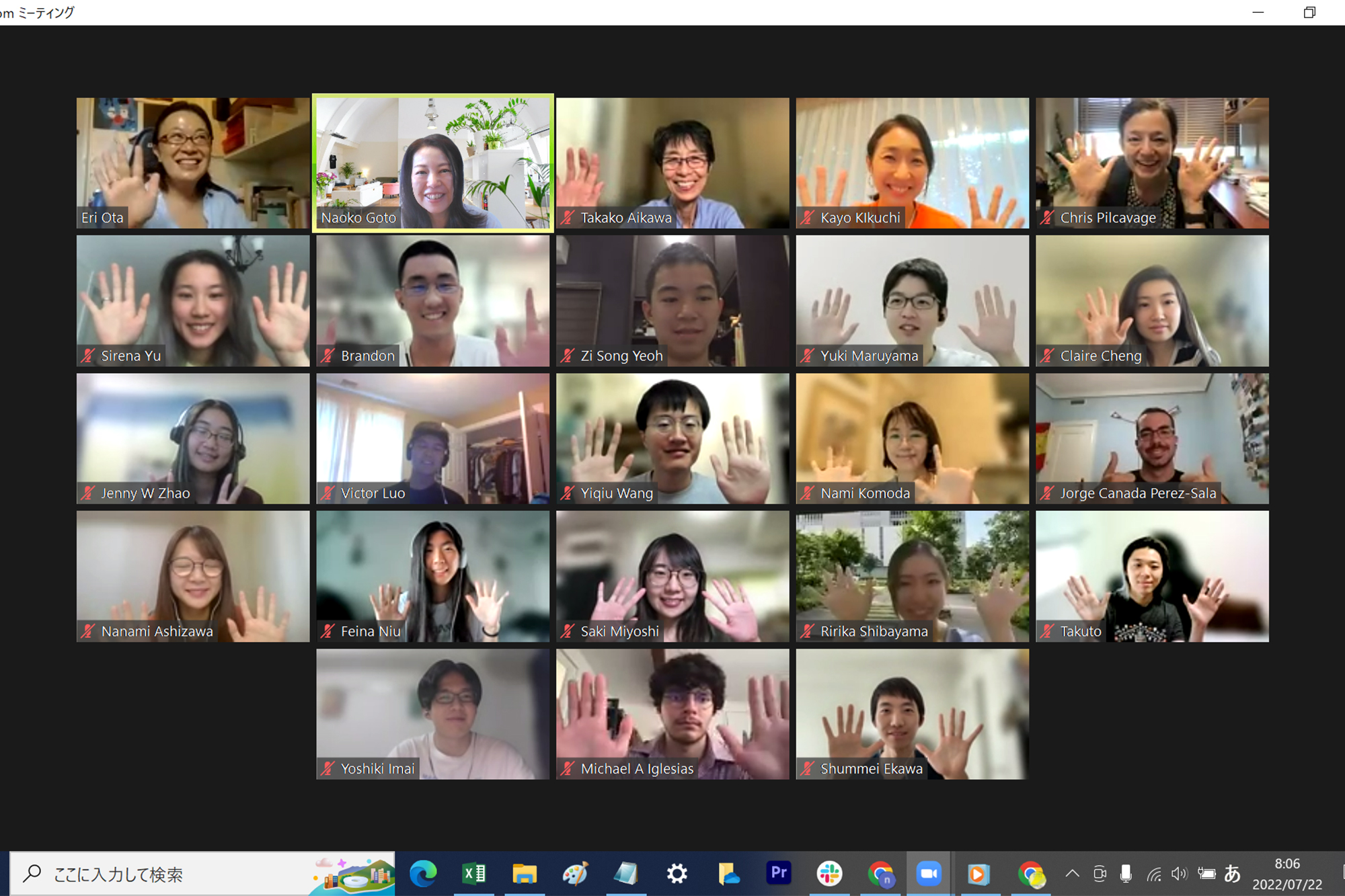
This summer a Language Exchange between MIT and the Tokyo Institute of Technology (Tokyo Tech) was organized, involving students from each campus coming together via Zoom to discuss in Japanese and English. The program was organized by Prof. Eri Ota, Nami Komoda and Naoko Goto from Tokyo Tech; and Christine Pilcavage, Managing Director, MISTI / MIT-Japan Program, and Takako Aikawa, Senior Lecturer in Japanese, from MIT.
Q: What was the initial impetus behind doing the language exchange?
Aikawa: Before the pandemic, a lot of MIT students had the chance to intern in Japan through MISTI. There was also an academic exchange program with Tokyo Tech. All that came to a halt. Our idea was to try to create an experience that would partially make up for those missed opportunities. We’re in our third year now. The experience has been so positive that we want to continue even as travel possibilities open up.
Q: What is the value of the Zoom sessions?
Aikawa: Our job is to create opportunities where students can expand, not just language skills, but also cultural knowledge. This program provides our students with the chance to interact with their peers from Tokyo Tech. Tokyo Tech is one of the best technology institutions in Japan, so there was a lot of common ground between the students in terms of their studies, and general interests, including on cultural questions. For example, many of our students are interested in anime, video games, J-pop, Japanese fashions, and so on. Our students could learn Japanese through discussing these topics with their conversation partners. Students picked up new words in colloquial Japanese (including slang), and learned about various aspects of Japanese culture and lifestyle that we can’t cover in class.
Q: How was the program organized?
Aikawa: The organizers invited students from each institution to participate. At MIT, it’s a noncredit program, so it was totally voluntary. There was a minimum language level required. We involved students who were taking second- or third-year Japanese. We set up the initial session to introduce participants to each other. The students were randomly paired (there were 11 students from each campus). The students organized themselves to meet by Zoom several times over the course of June and July. They set up their own time schedule, and decided among themselves what to talk about. Students also made short videos showcasing the topics they had been discussing. We set up the final session to view the videos, and let students vote on their favorite. We combined the videos together into a video digest. In it, the MIT students are speaking in Japanese, and the Tokyo Tech students are speaking in English.
Q: How did students like the experience?
Aikawa: At the final session we asked each student for a brief comment about their experience, and it was very touching because everybody really enjoyed talking with their partner. Our hope is that the students continue communicating with each other, even outside the context of this program. Hopefully next year, MIT students can start traveling again to Japan for internships and study abroad opportunities. Maybe some students will have a chance to actually meet with their partner in person. That that would be great!
Takako Aikawa is a Senior Lecturer in Japanese. She teaches Japanese from introductory to advanced levels, and leads the Japanese language curriculum. Prior to joining Global Languages in 2013, she worked at Microsoft Research in machine translation and natural language processing and was an instructor of Japanese at universities in Japan and the United States. BIO
